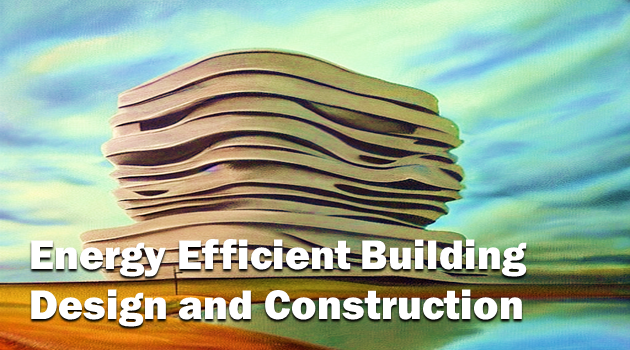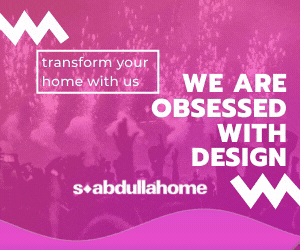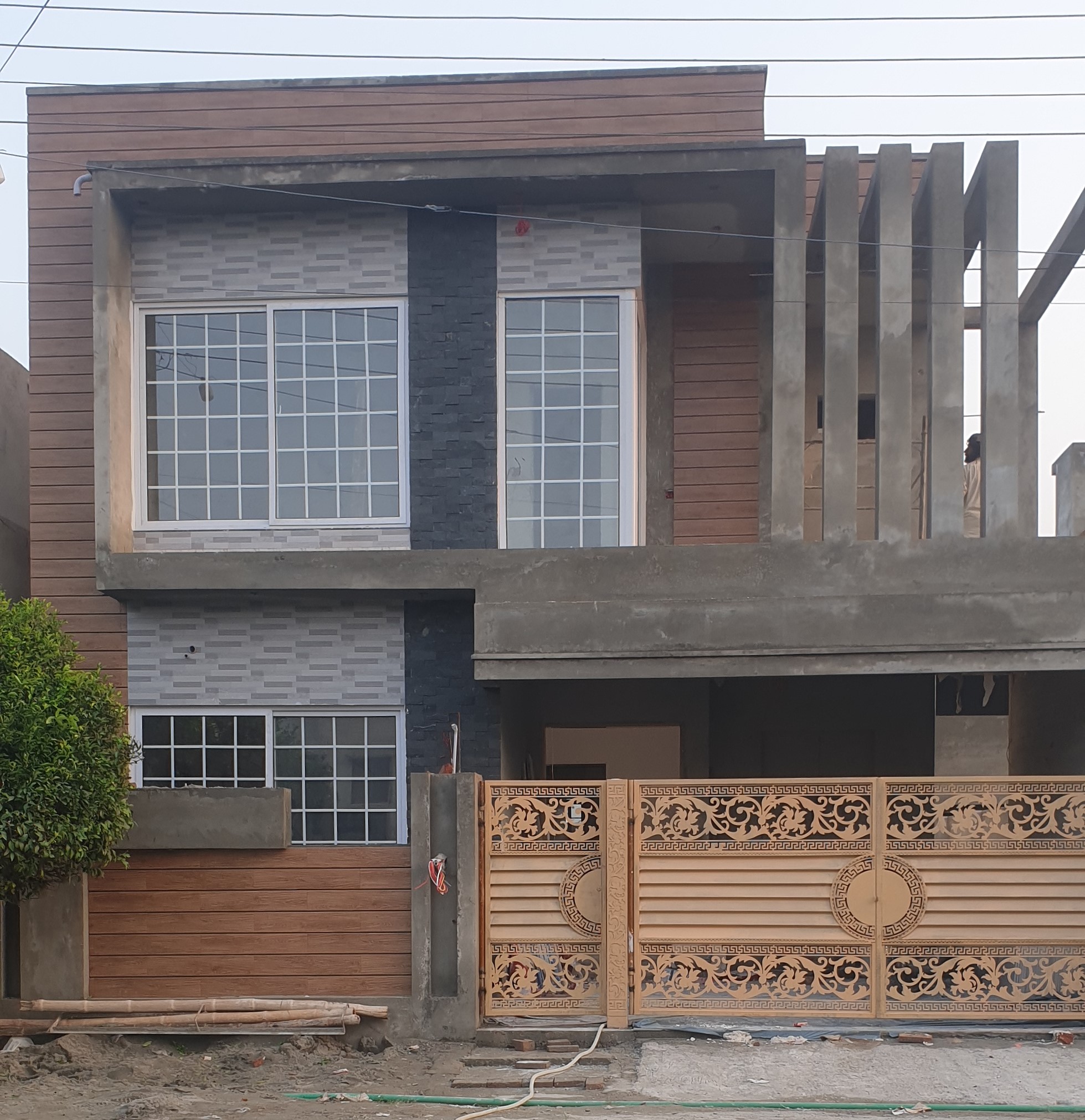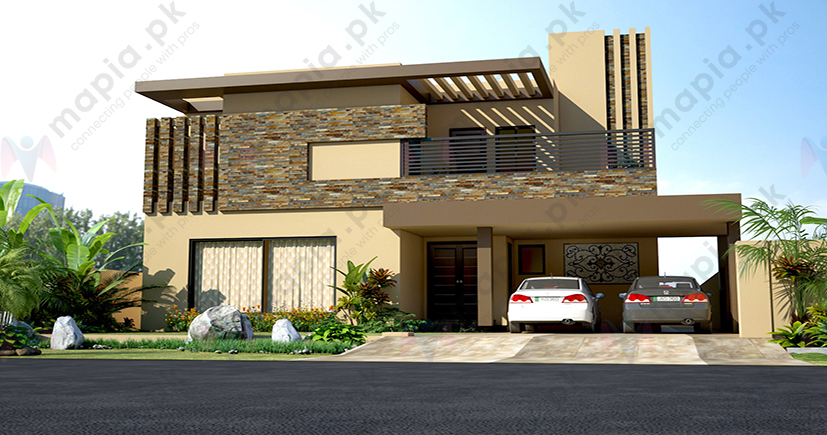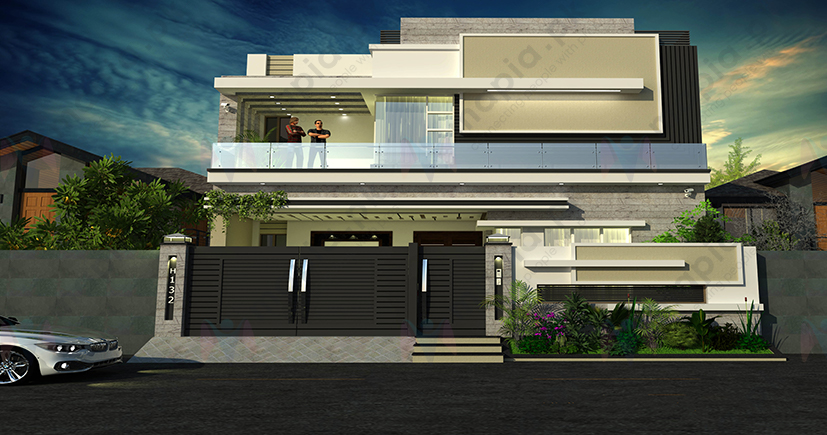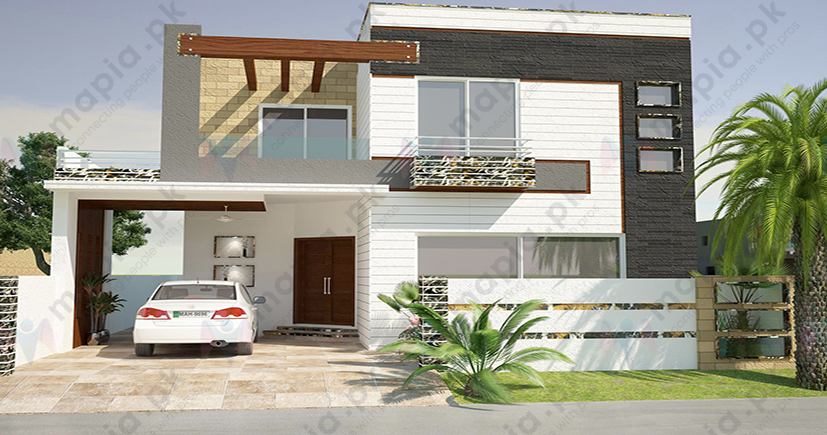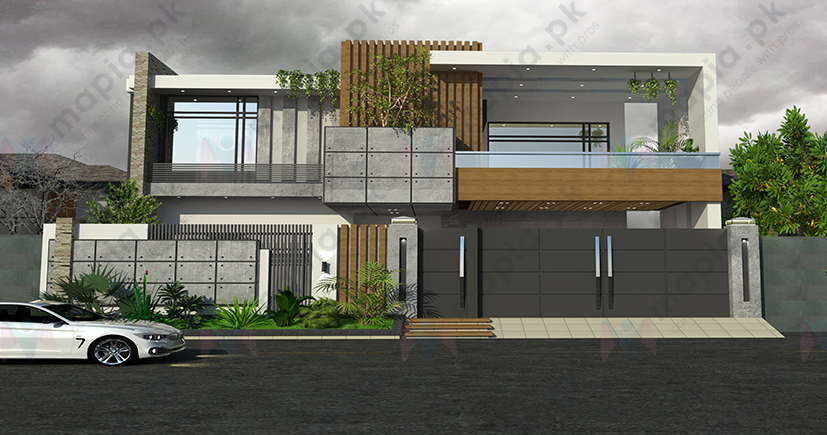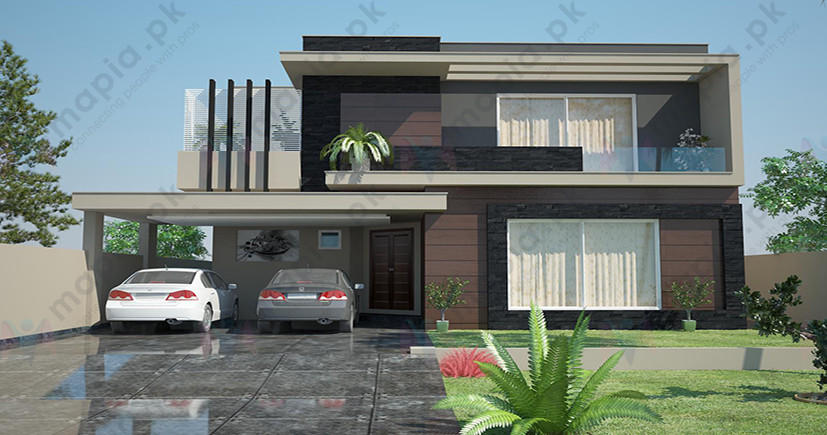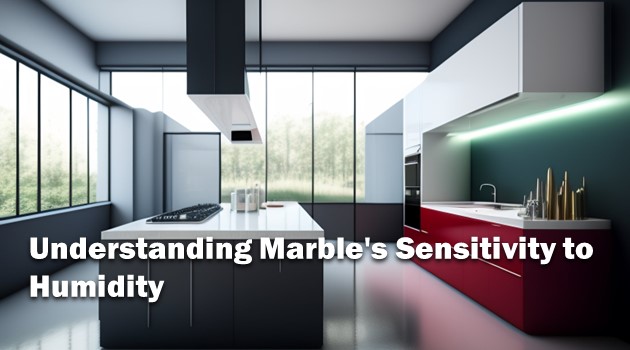
Energy Efficient Building Design and Construction: A Guide for Architects and Developers
An energy efficient building is a structure that is designed, constructed, and operated in a way that minimizes the consumption of energy while still providing comfortable living and working conditions for its occupants. Energy efficiency in buildings can be achieved through a variety of means, including the use of energy-efficient appliances and lighting, insulation and sealing to reduce heat loss or gain, and the integration of renewable energy systems such as solar panels or wind turbines. In addition to reducing energy consumption and associated costs, energy efficient buildings can also help to reduce greenhouse gas emissions and contribute to a more sustainable future.
Join me as we learn something new and exciting about this topic.
It is important to consider energy efficiency when designing and building new structures, as well as when retrofitting existing buildings. By making energy efficiency a priority, we can create more sustainable and cost-effective buildings that benefit both the environment and our wallets.
Best Practice When Designing Energy Efficient Building
There are several key strategies that can be used to make a building more energy efficient. Some of the most effective approaches include:
Start with an energy efficient design:
Consider the orientation of the building, the size and shape of the building, and the materials used in the construction. All of these can have an impact on the energy efficiency of the building.
Use passive design strategies:
Passive design strategies, such as proper orientation and insulation, can help to reduce the need for active heating and cooling systems, leading to energy savings.
Begin with a site analysis:
It is important to consider the local climate and the orientation of the building on the site. This will help to maximize natural light and ventilation, and minimize the need for heating and cooling.
Passive solar design:
Passive solar design involves designing a building in a way that maximizes the use of natural light and heat from the sun. This can help to reduce the need for artificial lighting and heating, which can significantly lower energy consumption.
Implement energy-efficient systems:
Heating, ventilation, and air conditioning (HVAC) systems are major energy consumers in a building. Using energy-efficient systems, such as heat pumps and high-efficiency furnaces, can significantly reduce energy use.
Hire Best Architects for your construction project in Pakistan. Click to create Project Inquiry.
Use energy-efficient building materials:
Insulation, windows, and doors all play a role in the energy efficiency of a building. Using materials with high thermal resistance will help to keep the building comfortable and reduce the energy needed for heating and cooling.
Incorporate energy-efficient appliances and lighting:
Using energy-efficient appliances and lighting can also help to reduce energy use in a building. Look for appliances and lighting that have the Energy Star label, which indicates that they meet energy efficiency standards.
Insulation:
Proper insulation is essential for keeping a building warm in the winter and cool in the summer. Proper insulation helps to reduce the amount of energy required to maintain comfortable indoor temperatures, which can significantly lower energy bills.
Utilize natural light:
Maximizing the use of natural light can reduce the need for artificial lighting and lower energy consumption. Skylights, clerestory windows, and light tubes are all options for bringing natural light into a building.
Use energy efficient windows:
Windows account for a significant portion of a building's heat loss. Choose windows that are designed to be energy efficient and that have a low U-value, which measures how much heat is transferred through the window. Energy efficient windows are designed to reduce heat loss and gain, which can help to lower energy consumption.
Use renewable energy sources:
Consider incorporating renewable energy sources, such as solar panels or wind turbines, into the building design to reduce the need for non-renewable energy sources. This can help to reduce the building's carbon footprint and increase energy independence.
Energy efficient lighting:
Traditional incandescent bulbs are extremely inefficient, as most of the energy they consume is lost as heat. Energy efficient lighting options, such as LED bulbs, use much less energy and last significantly longer than traditional bulbs.
Monitor and control energy use:
Use energy monitoring systems to track energy use and identify areas where energy efficiency can be improved.
Install smart thermostats:
Smart thermostats can help to optimize energy use by adjusting the temperature based on occupancy and weather conditions.
Use low-flow plumbing fixtures:
Low-flow fixtures can help to reduce water consumption, which in turn can help to reduce energy use for hot water heating.
Consider the indoor air quality:
Poor indoor air quality can impact occupant health and productivity. Design the building to incorporate strategies to improve indoor air quality, such as using low- or no-VOC (volatile organic compound) materials and incorporating air purification systems.
Consider the use of green roofs or walls:
Green roofs or walls can help to reduce the heat island effect, lower energy use for heating and cooling, and improve air quality.
Consider the long-term maintenance and operation of the building:
Energy-efficient buildings require less energy to operate, which can lead to long-term cost savings. It is important to consider the ongoing maintenance and operation of the building in order to maximize energy efficiency and cost savings.
Overall, there are many strategies that can be used to make a building more energy efficient. By implementing these strategies, it is possible to significantly reduce a building's energy consumption and greenhouse gas emissions, while also saving money on energy bills.
By following these best practices, you can design an energy efficient building that is comfortable, healthy, and sustainable.
Benefits of Energy Efficient Building
Energy efficient buildings are designed to use less energy, reduce greenhouse gas emissions, and lower operating costs. Here are some benefits of building energy efficiency:
Cost savings: Energy efficient buildings can significantly reduce energy bills and operating costs. According to the U.S. Department of Energy, buildings use about 40% of the energy consumed in the United States. By using energy efficient products and systems, building owners can save money on energy costs.
Environmental benefits:
Energy efficient buildings can help reduce greenhouse gas emissions and combat climate change. By using less energy, these buildings generate fewer emissions from the burning of fossil fuels such as coal, oil, and natural gas.
Improved comfort:
Energy efficient buildings often have better indoor air quality and temperature control, resulting in a more comfortable environment for occupants.
Increased property value:
Energy efficient buildings may be more attractive to potential buyers or renters, as they can offer lower energy costs and a more comfortable living environment. This can increase the value of the property.
Improved indoor air quality:
Energy efficient buildings often have tighter construction, which can help reduce the infiltration of outdoor air pollutants. This can improve indoor air quality and reduce the risk of respiratory health issues.
Health and safety:
Energy efficient buildings can also improve health and safety by reducing the risk of mold and indoor air pollution.
Enhanced durability:
Energy efficient buildings often use high-quality, durable materials and systems that can last longer and require less maintenance. This can help save money on repairs and replacements over time.
Increased productivity:
Studies have shown that energy efficient buildings can lead to increased productivity among occupants. This can be due to factors such as better lighting, temperature control, and indoor air quality, which can create a more comfortable and pleasant work environment.
Reduced reliance on non-renewable energy sources:
By using less energy, energy efficient buildings can reduce reliance on non-renewable energy sources such as fossil fuels. This can help reduce our impact on the environment and promote the use of cleaner, renewable energy sources.
Increased energy security:
Energy efficient buildings can also help increase energy security by reducing our reliance on foreign energy sources. This can help protect against price fluctuations and supply disruptions, and can contribute to a more resilient energy system.
Increased resiliency:
Energy efficient buildings may be better equipped to withstand extreme weather events and other disruptions due to their durable materials and systems. This can help reduce the risk of damage and downtime, and can increase the overall resiliency of the building.
Community benefits:
Energy efficient buildings can also provide benefits to the community, such as reduced demand for energy, which can help lower energy prices for everyone. In addition, energy efficient buildings can create local jobs in the construction and retrofit industry, and can help stimulate the local economy.
Improved aesthetics:
Energy efficient buildings often incorporate design elements that can improve the overall appearance of the building, such as natural lighting, green roofs, and attractive energy-efficient products and systems. This can enhance the building's curb appeal and make it more appealing to potential buyers or renters.
Enhanced marketing potential:
Energy efficient buildings can also be a selling point for building owners or developers. By highlighting the energy efficiency of the building, it can be more attractive to potential buyers or renters who are looking for cost-effective, sustainable living or working spaces.
Increased tenant satisfaction:
Finally, energy efficient buildings can lead to increased tenant satisfaction due to lower energy bills, improved comfort, and a more pleasant living or working environment. This can help reduce turnover and improve the overall performance of the building.
Reduced water usage:
Energy efficient buildings often incorporate features that can reduce water usage, such as low-flow toilets, faucets, and showerheads. This can help save money on water bills and reduce the demand on local water resources.
Improved lighting:
Energy efficient lighting can provide better, more consistent lighting while using less energy. This can improve the visual comfort of building occupants and increase productivity.
Enhanced acoustics:
Energy efficient buildings may also have better acoustics due to their tighter construction and use of insulation, which can reduce noise from outside and between rooms. This can create a more comfortable and peaceful living or working environment.
Increased sustainability:
Energy efficient buildings are a key component of sustainable development, as they use fewer resources and generate fewer emissions. By building or retrofitting for energy efficiency, we can help create a more sustainable future for ourselves and future generations.
Greater return on investment:
Energy efficient buildings can offer a greater return on investment due to the cost savings and increased property value. This can make energy efficiency a smart financial decision for building owners and developers.
In Summary:
It is important to note that energy efficient buildings can have many benefits, including reducing energy consumption and associated costs, reducing greenhouse gas emissions, and contributing to a more sustainable future. By designing, constructing, and operating buildings with energy efficiency in mind, we can not only save money and resources, but also play a role in mitigating the impacts of climate change. As such, it is important for individuals and organizations to consider the energy efficiency of buildings and to take steps to make them as efficient as possible.


